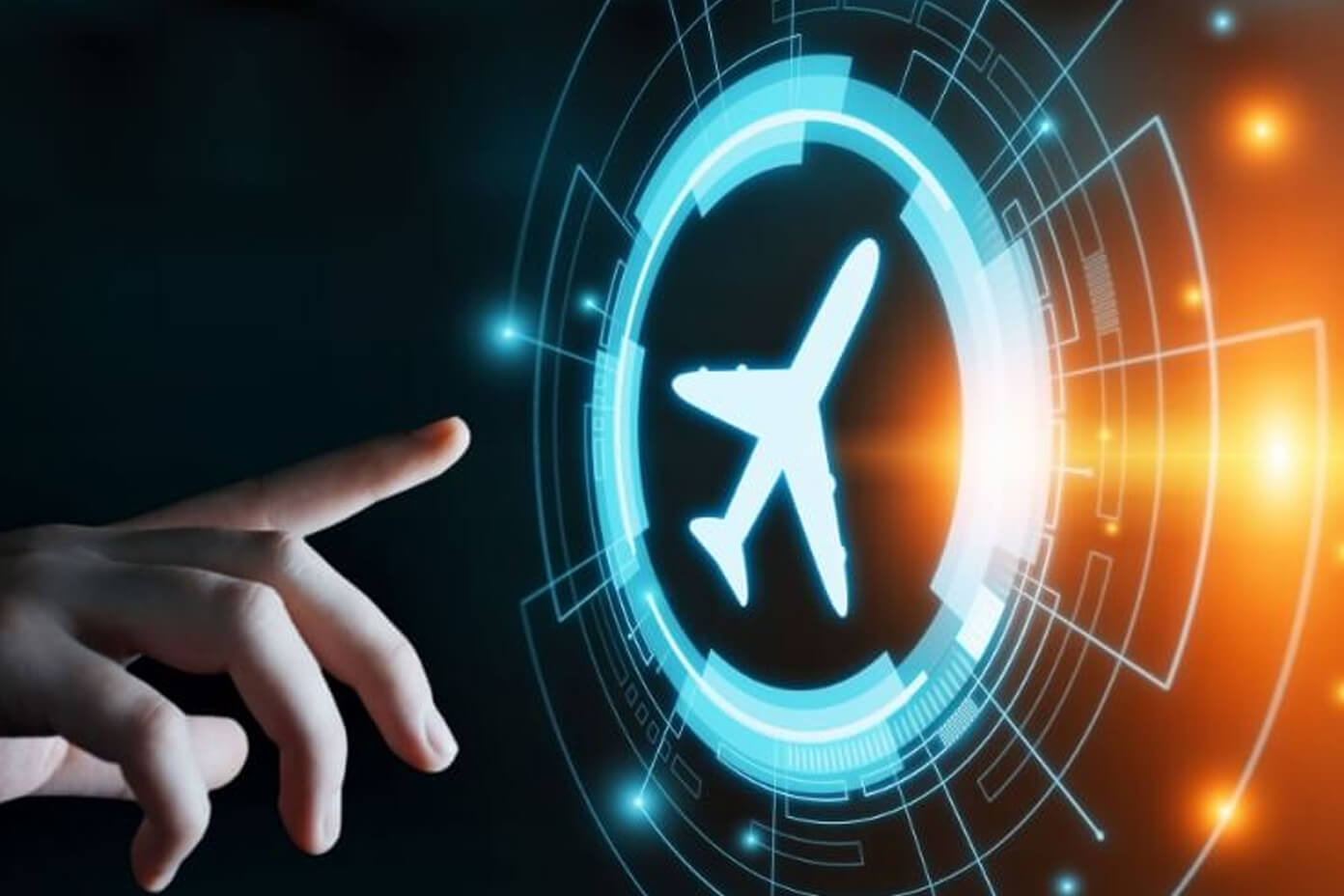
Use Cases, Benefits to Harnessing IoT in Aviation
By Udit Agarwal

In today’s technologically advanced world, the Internet of Things (IoT) has emerged as a game-changer across various industries, and aviation is no exception. By leveraging IoT devices and data analytics, airlines, airports, and aircraft manufacturers are transforming operations, enhancing safety, and improving the passenger experience. This article will explore the diverse use cases and significant benefits of harnessing Internet of Things in aviation.
Enhancing Aircraft Maintenance and Operations:
One of the primary applications of Internet of Things in aviation is predictive maintenance. IoT sensors installed on aircraft continuously monitor components such as engines, avionics, and critical systems in real-time. By collecting and analyzing data on performance metrics, wear and tear, and environmental conditions, airlines can predict potential failures before they occur, thus reducing unscheduled downtime and maintenance costs.
Internet of Things-enabled asset tracking systems help airlines optimize inventory management and streamline spare parts logistics. Airlines can minimize stockouts, prevent losses, and improve operational efficiency by accurately monitoring equipment and components’ location, condition, and usage.
Improving Passenger Experience:
IoT technology is revolutionizing the passenger experience from check-in to arrival. Smart airports with Internet of Things sensors and beacons offer travelers seamless navigation, personalized services, and real-time updates. For example, passengers can receive automated smartphone notifications about gate changes, baggage status, and flight delays, enhancing convenience and reducing stress.
IoT devices enhance in-flight entertainment, connectivity, and comfort inside the aircraft. Wi-Fi-enabled planes allow passengers to stay connected to the internet, stream multimedia content, and access digital services throughout their journey. IoT sensors monitor cabin temperature, humidity, and air quality to create a comfortable environment for travelers, while intelligent lighting systems adjust ambiance and reduce energy consumption.
Also Read: How to Build an MVP and Raise Funding
Optimizing Operations and Fuel Efficiency:
Airlines are increasingly adopting Internet of Things solutions to optimize flight operations and fuel efficiency. IoT-enabled flight tracking systems collect real-time data on aircraft performance, flight routes, weather conditions, and air traffic. By analyzing this data, airlines can optimize flight paths, adjust altitude and speed, and minimize fuel consumption while maintaining safety and compliance.
Furthermore, Internet of Things sensors installed on aircraft engines monitor fuel efficiency, engine health, and emissions. Airlines can reduce fuel costs, carbon emissions, and environmental impact by identifying inefficiencies and implementing proactive maintenance strategies while improving operational sustainability.
Enhancing Safety and Security:
IoT technology is vital in enhancing safety and security across the aviation ecosystem. IoT sensors and cameras installed at airports and on aircraft monitor critical areas, detect anomalies, and identify potential security threats in real-time. Advanced biometric authentication systems using IoT devices verify passenger identities, enhance access control, and strengthen airport security measures.
Moreover, Internet of Things-enabled safety management systems track safety-critical events, incidents, and hazards throughout the aviation lifecycle. By analyzing data on operational performance, safety incidents, and regulatory compliance, airlines can identify trends. Thus, mitigate risks, and continuously improve safety protocols and procedures.
Conclusion:
Adopting IoT technology in aviation presents many opportunities to enhance efficiency, safety, and passenger experience. IoT solutions are revolutionizing how airlines, airports, and aircraft manufacturers operate and interact with travelers. From predictive maintenance and asset tracking to intelligent airports and in-flight connectivity.
As the aviation industry embraces digital transformation, integrating IoT devices, data analytics, and connectivity will become increasingly prevalent. By leveraging IoT technologies effectively, stakeholders in the aviation ecosystem can unlock new levels of efficiency. With innovation, and competitiveness in an ever-evolving global marketplace.